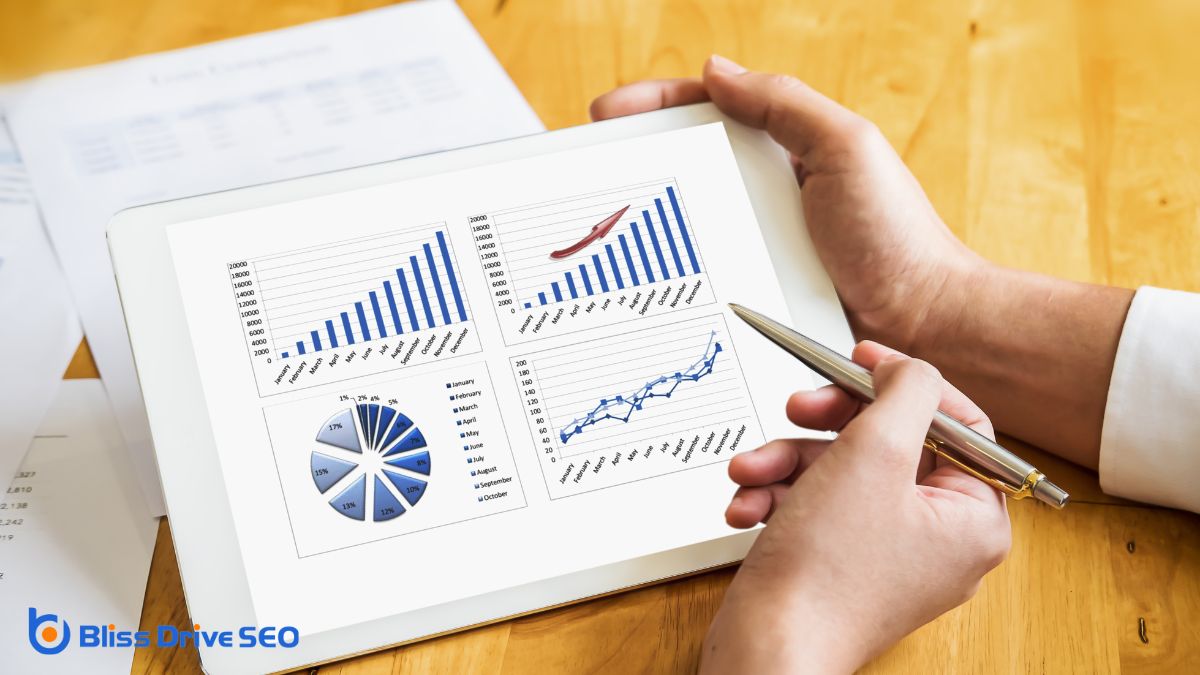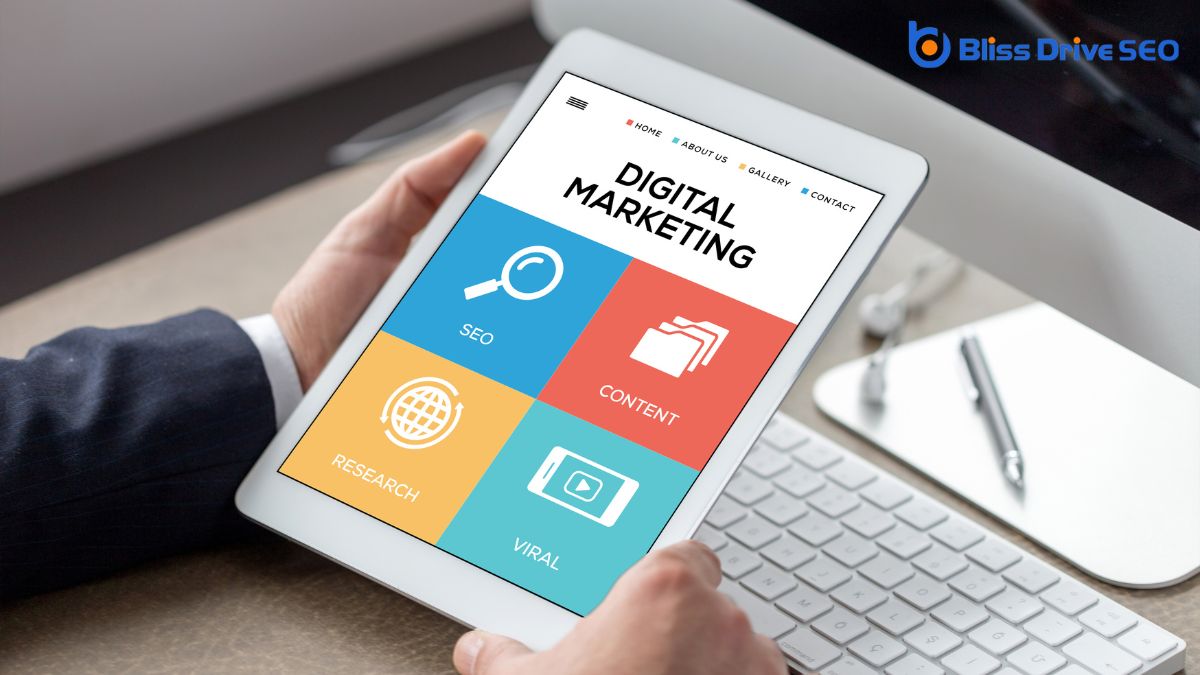Learn More About Us

You've likely come across the term "conversion rate" in digital marketing, but what does it really mean in practice? Imagine you own an online clothing store, and out of 1,000 visitors in a month, 50 actually make a purchase. That's a conversion rateThe percentage of visitors who complete a desired action, such as making a purchase or filling out a... of 5%. But why stop at purchases? ConversionThe completion of a desired action by a referred user, such as making a purchase or filling out a fo... actions can range from signing up for a newsletterA regularly distributed email containing news, updates, and content relevant to subscribers. to downloading a whitepaper. Understanding these nuances can transform your marketing strategy. Curious about how different factors influence conversion rates and how you can optimize them? Let's explore further to uncover the secrets behind these essential metrics.
Conversion rates are an essential metric in evaluating the effectiveness of any marketing strategy or sales process.
You might wonder what a conversion rate actually is. Simply put, it measures how many people take a desired action, like making a purchase or signing up for a newsletter, after interacting with your marketing efforts.
To calculate it, divide the number of conversions by the total number of visitors, then multiply by 100 to get a percentage. For example, if 100 people visit your site and 5 make a purchase, your conversion rate is 5%.
Understanding this helps you identify which strategies work and where improvements are needed. By focusing on conversion rates, you can make data-driven decisions to enhance your business's success.

In digital marketing, understanding conversion rates is essential for measuring your digital success.
You can use this metric to optimize user experience, ensuring visitors become loyal customers.
When evaluating the effectiveness of your online campaigns, understanding how to measure digital success becomes essential. You can't improve what you don't measure.
Conversion rates are a key metric that helps you gauge how well your website or landing pageThe web page a user is directed to after clicking on an affiliate link, optimized for conversions. turns visitors into customers. By tracking these rates, you can identify which strategies work and which need adjustment.
Metrics like bounce rateThe percentage of visitors who leave a website after viewing only one page., average session duration, and click-through rate (CTR)The percentage of users who click on a specific link or CTA. provide insights into user engagementThe interactions that users have with a brand’s content on social media. and behavior.
Don't overlook the importance of setting clear goals; they guide your analysis and focus your efforts.
Regularly reviewing these metrics allows you to adapt your strategies in real-time, ensuring your digital campaigns remain effective and aligned with your business objectives.
To truly excel in digital marketing, focusing on optimizing user experience is vital. You need to guarantee that your website or platform is intuitive and engaging.
Start by analyzing how users interact with your site. Are they finding information easily, or are they struggling to navigate? A seamless user experience means visitors are more likely to stay longer and convert.
Make pages load quickly and guarantee mobile compatibility, as both are essential for retention. Don't underestimate the power of clear calls-to-action (CTAs); they guide users toward desired outcomes.
Gather feedback directly from your audience to understand what they like or dislike. By continuously refining the user experience, you'll not only boost satisfaction but also improve your conversion rates.
While digital marketing evolves rapidly, enhancing your marketing strategies remains essential for staying ahead. You must adapt to changes and leverage the right tools and techniques to boost conversion rates.
Here's how you can enhance your marketing strategies effectively:
Understanding how to calculate a conversion rate is key to evaluating the success of any marketing campaignA set of ad groups sharing a budget, targeting options, and other settings.. It helps you measure how well your efforts are turning potential customers into actual ones.
To calculate the conversion rate, start by identifying the specific action you want users to take, like making a purchase or signing up for a newsletter. Next, divide the number of completed actions by the total number of visitors or interactions. Multiply this result by 100 to get the percentage.
For example, if 50 out of 1,000 visitors sign up for your newsletter, your conversion rate is 5%. This metric gives you insight into what's working and where improvements are needed, helping you make informed decisions and maximize your marketing efforts.
Conversion actions come in various forms, each tailored to specific business goals and marketing strategies. Understanding these types helps you effectively measure your success.
Here are some common conversion actions you might consider:
Each action reflects a step in your customer's journey, helping you track and optimize their experience.
Many elements can sway your conversion rate, and grasping these factors is essential for improving your marketing strategy.
First, consider your website's design and user experience. A confusing layout or slow load times can deter potential customers. Make sure your site is visually appealing and easy to navigate.
Next, focus on your call-to-action (CTA). Clear, compelling CTAs guide users to take desired actions.
Personalization also plays a significant role; tailoring content to your audience's preferences increases engagement.
Additionally, assess your product or service value. If users don't perceive value, they're less likely to convert.
Finally, don't overlook external factors like market trends and competition, which can influence consumer behavior and your conversion rate.
Understanding these elements helps optimize your strategy effectively.
When you're looking to boost your conversion rate, examining real-world examples can provide valuable insights.
Consider these scenarios to better understand how effective strategies work:
Understanding the intricacies of conversion data is essential for optimizing your strategies. You need to dive deep into user behaviors to gain insights.
Start by collecting data from various touchpoints like website visits, email campaigns, and social media interactions. Analyze metrics such as bounce rates, time spent on pages, and click-through rates to understand user engagement.
Use tools like Google AnalyticsA web analytics service offered by Google that tracks and reports website traffic. to track and visualize the data. Look for patterns in user actions that leadA potential customer referred by an affiliate who has shown interest in the product or service but h... to conversions. This helps identify what's working and what's not.
Segment your audience based on their behaviors and tailor your approach accordingly. By regularly reviewing and interpreting this data, you can make informed decisions, enhance user experience, and ultimately improve your conversion rates.
To boost your conversion rates, start by optimizing your landing page design to guarantee it's user-friendly and visually appealing.
Next, enhance the clarity of your call-to-action; make it stand out and communicate exactly what you want visitors to do.
These strategies can greatly increase your chances of converting visitors into customers.
Enhancing your landing page design is a powerful way to boost conversion rates. A well-optimized landing page can turn visitors into customers by creating a seamless experience.
Here's how you can do it:
Boosting your landing page design sets the stage for the next key component of conversion: a clear call-to-action (CTA). Your CTA's clarity directly impacts conversion rates.
Make certain it's concise and action-oriented. Instead of "Submit," use "Get Your Free Guide." This tells users exactly what they're getting.
Place the CTA prominently and guarantee it contrasts with the rest of the page for easy visibility. Use active language that encourages action, like "Download Now" or "Start Your Free Trial."
Avoid jargon that could confuse visitors. Consistent messaging across your website and marketing materials also reinforces your CTA's effectiveness.

When you're trying to improve your conversion rate, having the right tools for tracking conversions is essential. They provide insights into what's working and what needs tweaking.
Here's a list of tools you should consider:
Using these tools, you'll gain valuable insights into your website's performance and make data-driven decisions to boost your conversion rate.
Understanding how to measure success through conversions is essential for any business aiming for growth. You'll want to look beyond just increasing traffic; focus on transforming visitors into loyal customers.
Start by identifying key actions that align with your business goals, like purchases or sign-ups. Calculate your conversion rate by dividing the number of successful conversions by the total number of visitors, then multiply by 100. This percentage reveals how effectively you're turning interest into action.
Next, analyze the results. Are your strategies working, or do they need adjustment? Use insights from conversion rates to tweak marketing efforts, improve user experiences, and boost engagement.
You've now got a solid understanding of conversion rates and their critical role in digital marketing. Remember, by calculating conversion rates, you can assess your marketing effectiveness and identify areas for improvement. Consider the various factors that influence conversions and use data analysisThe process of inspecting, cleaning, transforming, and modeling data to discover useful information.... to refine your strategies. Don't forget the power of tools for tracking conversions. Ultimately, focusing on these elements will help you boost engagement, enhance customer experience, and drive business growth.
